5 important UX things I have learned in the last year
 It happens to me (and 90% of the world population) that the year always starts with a bunch of new or reused resolutions and a look back to the year that has just gone.
It happens to me (and 90% of the world population) that the year always starts with a bunch of new or reused resolutions and a look back to the year that has just gone.
Professionally, last year was great! I met amazing new colleagues and I was sad to leave old ones behind but I took with me a lot of what I learned working with them. Once you put together all this knowledge, I think it is worth stopping, taking a break, writing and sharing those experiences. This is what I will aim to do in this article through 5 big lessons. But before I do so, I would like to tell you a little about my circumstances.
I joined a new project last summer, a new platform for developers that had few months of history but was just starting to be used by a few teams in my company. Since then, I’ve worked hard on the UX, trying to highlight what ‘I thought‘ was the most important data for the users. (Note that I quoted ‘I thought’ and you will understand why clearly at the end of the article. This is due to the fact that I had to start without any evidence, as no research had ever been done about the project before.)
In the following months the platform grew quite heavily (three times as many users!) and I think that this adoption of the platform is due to two main factors:
– The big effort of the whole team of developers behind the project, PMs and UX (myself) to promote the platform, to organise workshops, newsletters and to keep a close relationship with the users…
– Massive improvements on the UX that gave a more direct insight and displayed the data in a better and clearer way for the users
Now the background is set about the situation in this project and after several challenges, iterations and working very closely with the team, here are the 5 most important things I’ve learned from it:
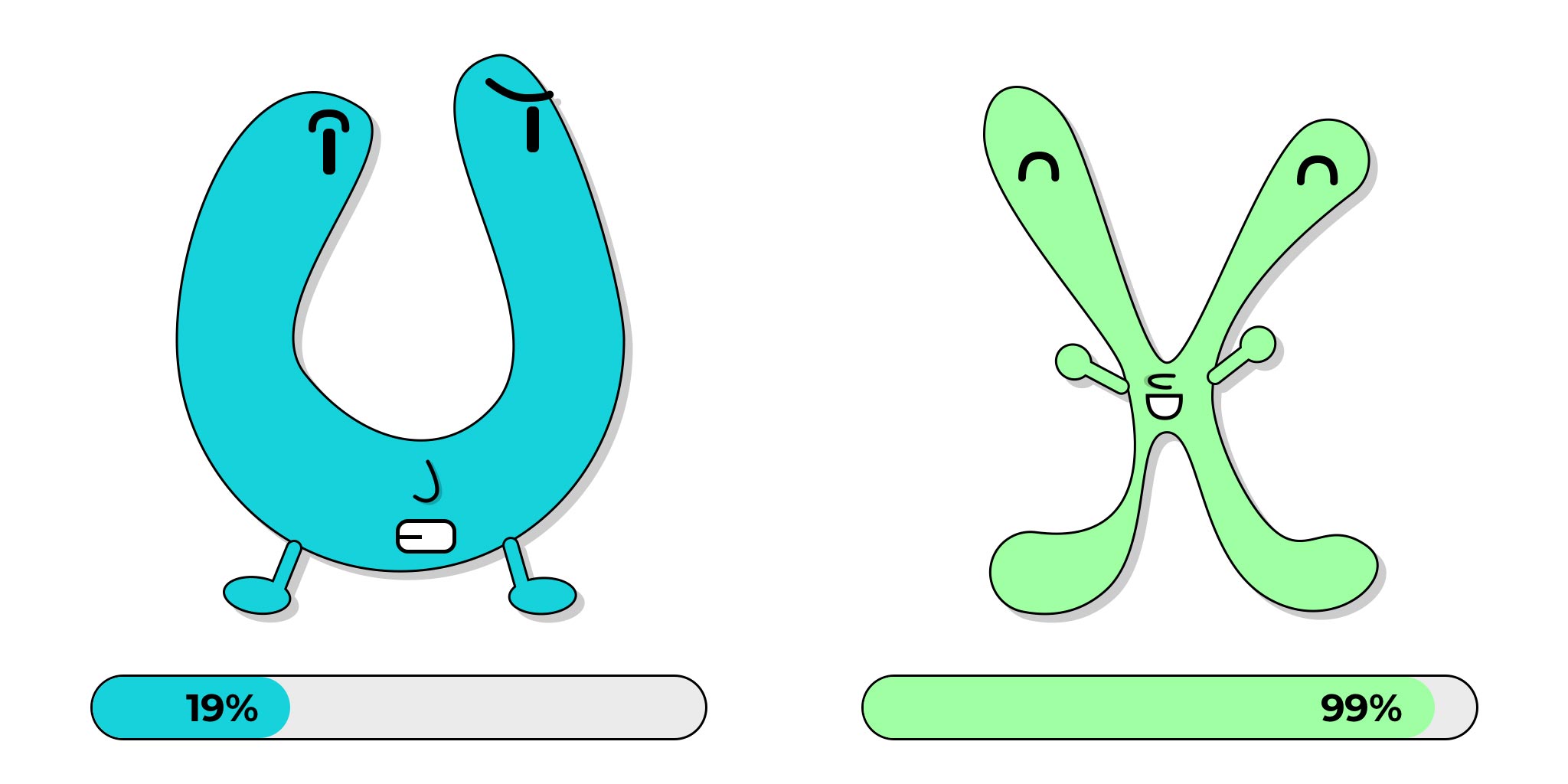 1) You need Quantitative data!
1) You need Quantitative data!
I’m a believer that UX research is a must in Software development. However, it happens that either a lack of time or resources make things harder as you have to wait for research to be done. So, in the meantime, we can use QUANTITATIVE DATA from analytic tools to start working with some evidence (specially for projects that are already running on production). Remember that data analytics differs from a quantitative UX research (interesting read about it here). As a general rule, always try to get some data insights before starting!
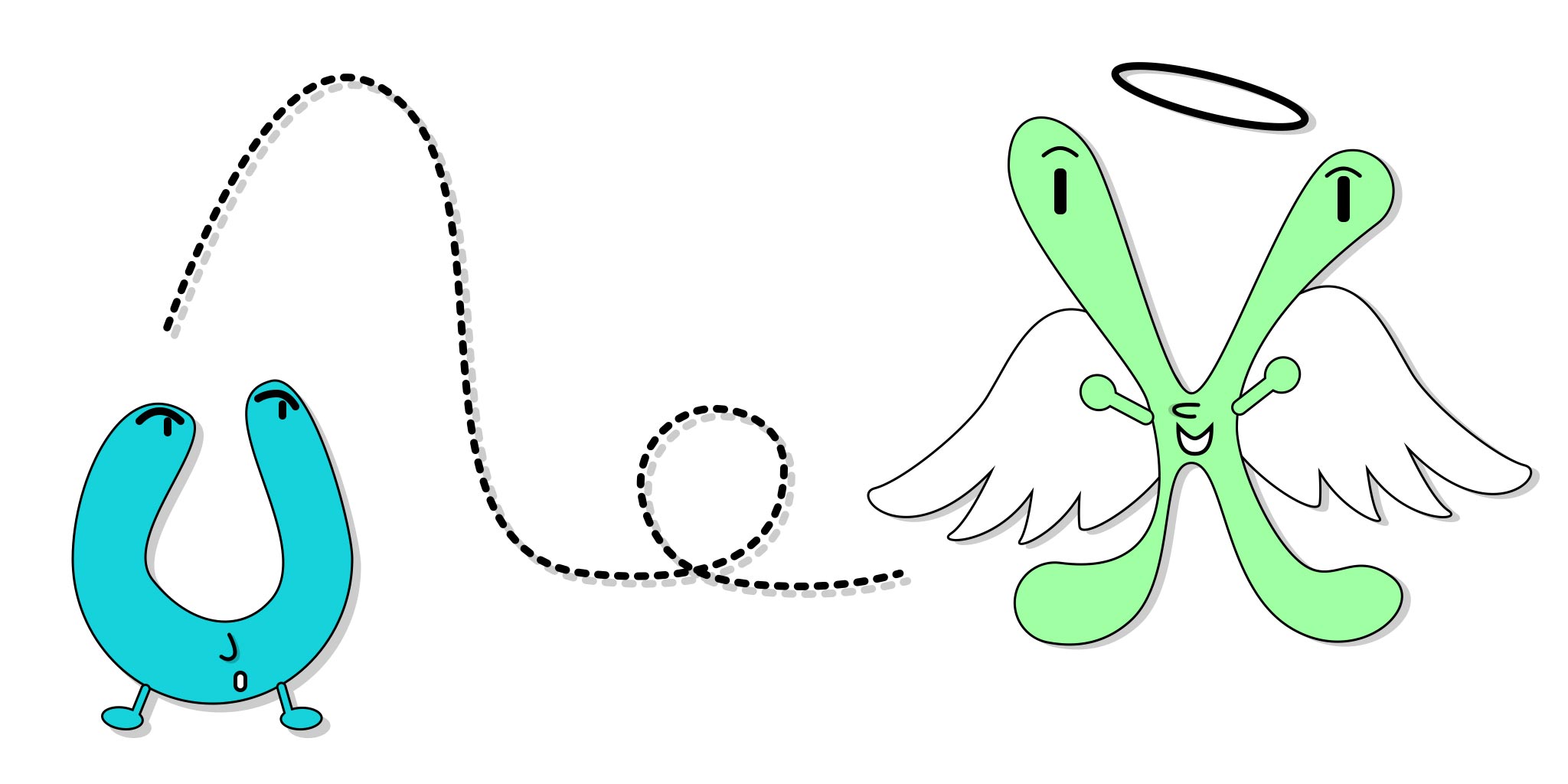 2) Evangelize User Experience
2) Evangelize User Experience
This is something I realised the day I met the project team. Once, in a meeting, they were asked ‘What do you think a UX designer is?’ Through their answers, my role was defined as ‘the person who makes things pretty’. I agree :P
But this is a tiny part of the UX process. You UXer!, before getting angry about it, remember that you may not know the pull request process for a repository in your team or how to apply bubble sorting to an array.
I tried to show them that UX is much more. Not only visually but with evidence. I like for people to see things by themselves. And therefore, to spread UX wisdom by making people understand what they try to achieve with their code and what value do they add onto other people with their work. And you know what? They got very engaged!
 3) May the UX Research be with you
3) May the UX Research be with you
We all have great ideas: engineers, UXers, product managers. Ideas we want to build and to add in our product. But our ideas should not be the ones leading the roadmap of our product. In UX, ‘the force’ lives within the evidence and the better way to have that evidence is to rely on the wisdom of a UX researcher master. Let their insights guide you.
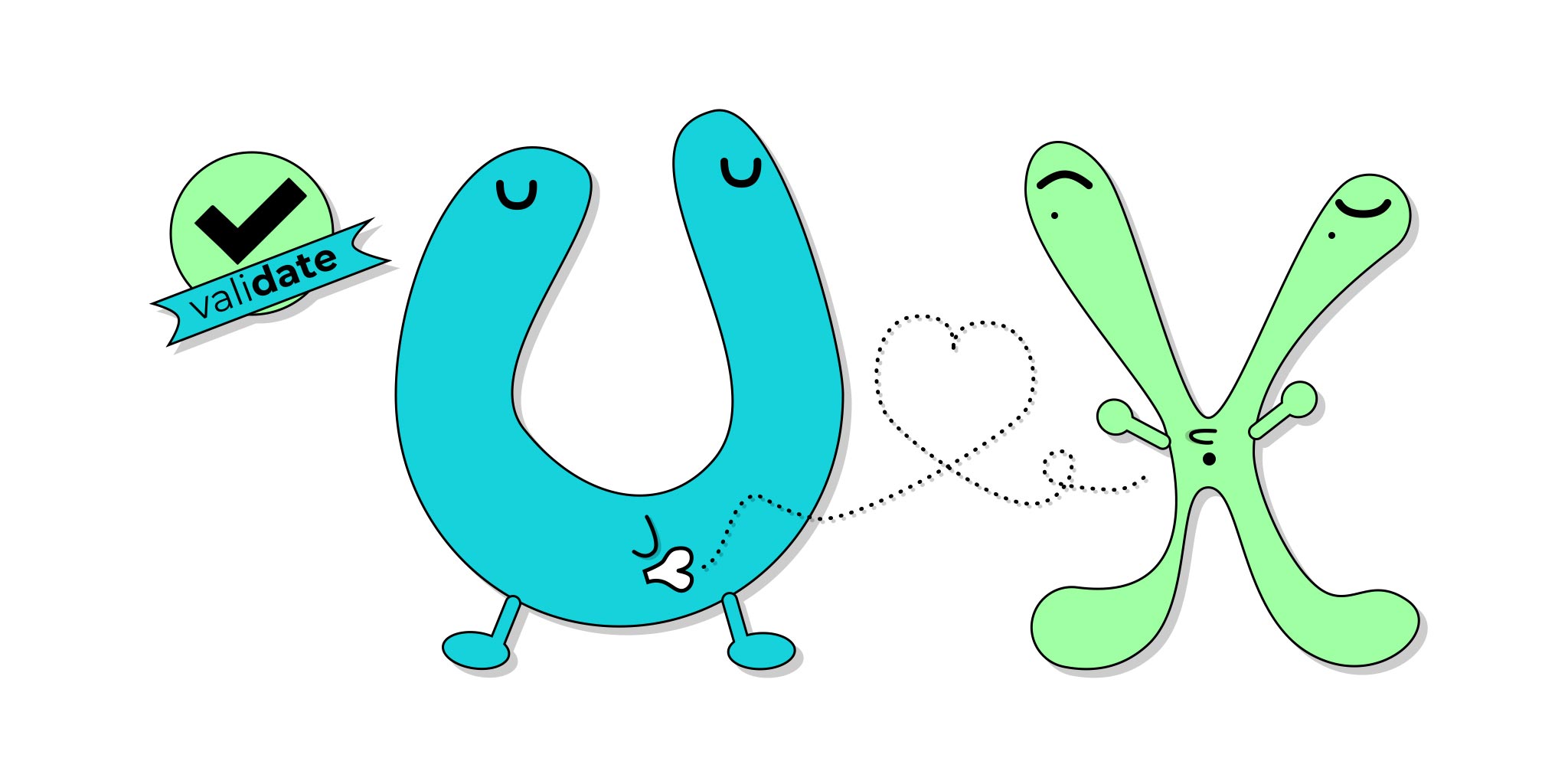 4) Validate your assumptions…I told you!
4) Validate your assumptions…I told you!
When a new project starts with a research, you already have data to help you start but sometimes those products are already out there, working and integrated with their user’s daily tasks. If those users are already using that product, it means that the assumptions to create the existing features were right….or were they?
Either way, it’s important that you validate your assumptions once you start integrating UX research in the iteration process. You may be really happy you were right when you took ‘that decision’, but sometimes users do things in a certain way because you assumed it and you left them no other alternative. Based on my experience, I would advise to test it out and to validate your assumptions!
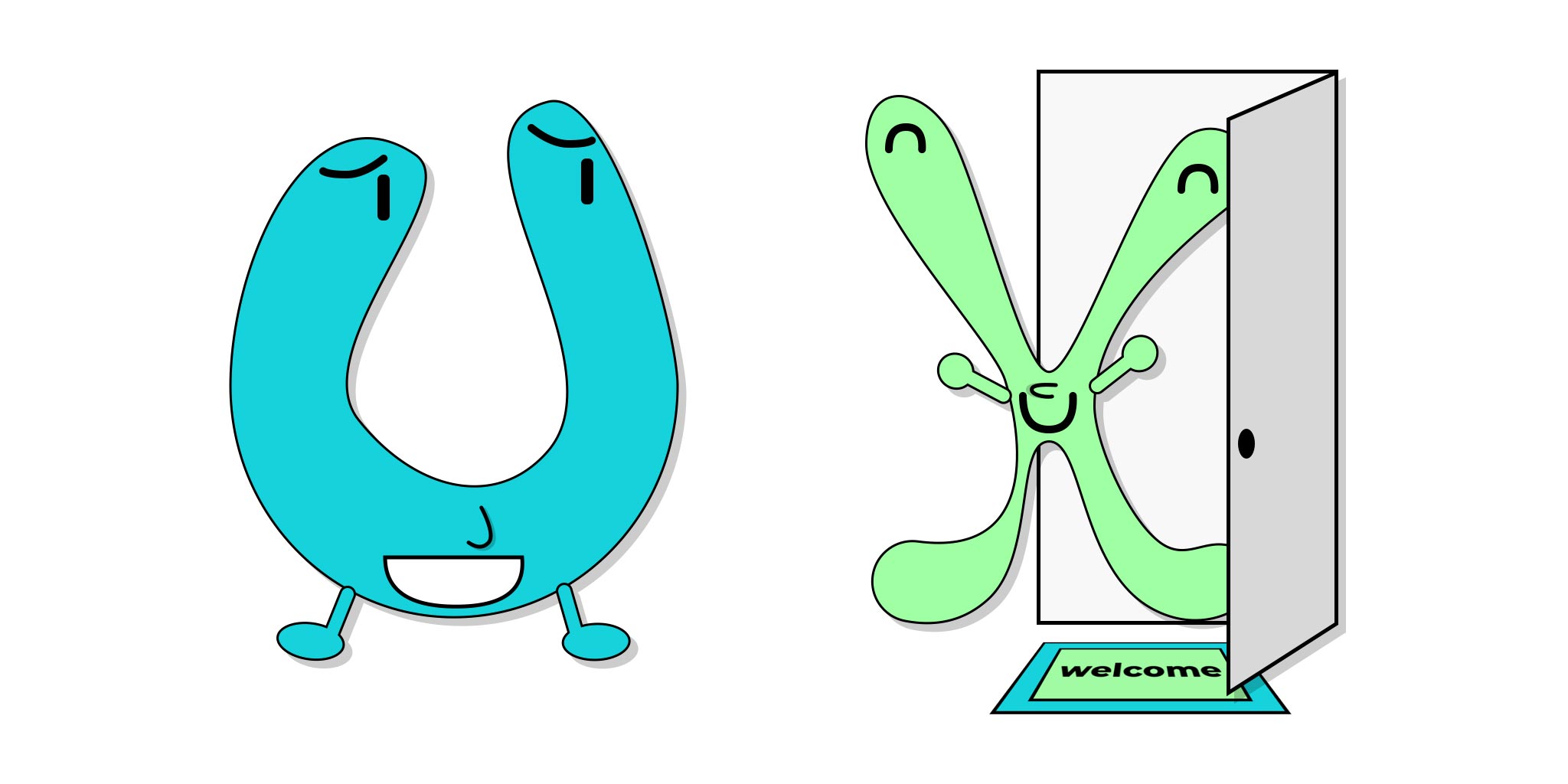 5) Be gentle, provide on-boarding processes to your users
5) Be gentle, provide on-boarding processes to your users
From the more complex to the most simple, never ever think that people ‘know how’. Nowadays, technology is around us everywhere and there are patterns. I bet that you know how to zoom in on a pic in your smartphone, don’t you? But as a UXer, don’t take that for granted. Think that if you onboard your users to that feature, the three following scenarios are worthy:
– If the user knows the feature very well they will just ignore the help of the onboarding. No offense.
– If the user knows the features but forgot what/why/where/when/how they will appreciate that you refreshed their memory.
– If the user did not know anything, you’ll be a lifesaver.
I wanted to summarise the interesting lessons I learned with this project last year and I’m looking forward to see how this is going to impact and to accelerate my work for future projects so I hope it helps you to do the same!
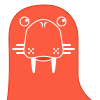
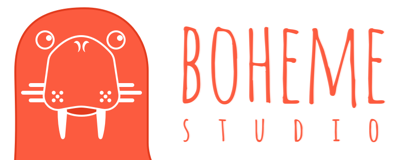



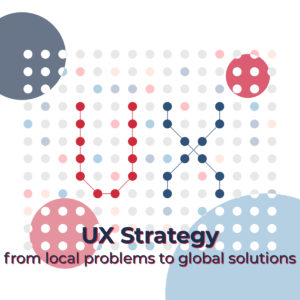



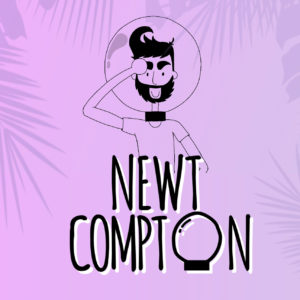





Love this article and how it was visually and logically articulated.Kudos to Miguel .Look forward to more articles like this.